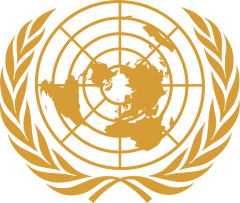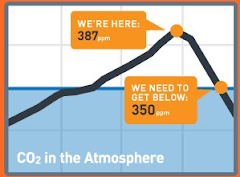>
> I'm glad you asked me that! I will upload a paper I wrote two years
> ago giving one approach.
>
> dcf
>
>
> --- In bhascience@yahoogroups.com, "Chris Street" chris@ wrote:
> ...
>
> > So what ARE the limitations of the Scientific Method?
David, I think one of the most important limitations of the Scientific Method is (as you say in your upload file) "research often delivers qualified answers whereas citizens and policy makers want definitive answers"
I think terms like 'probably' or 'highly likely', when discussing science, can be used with bullish confidence.
As a corollary, the strength of the scientific method is that current research is provisional and if falsified may be replaced by science that better describes how the world works.
I was very impressed with the 2007 Intergovernmental Panel on Climate Change (IPCC ) final report (pdf) which I reviewed in my Climate Alternative Temperature Science (CATS) blog.
The IPCC considered about 29,000 pieces of real-world evidence and concluded:
Uncertainty
- climate change is "unequivocal"
- Probable temperature rise between 1.8C and 4C
- Possible temperature rise between 1.1C and 6.4C
- humankind's emissions of greenhouse gases are more than 90% very likely to be the main cause
- Sea level most likely to rise by 28-43cm
- Increase in heat waves very likely
- Increase in tropical storm intensity likely
- Changes in snow, ice and frozen ground have with high confidence increased the number and size of glacial lakes
- earlier timing of spring events and poleward and upward shifts in plant and animal ranges
are with very high confidence linked to recent warming.
Uncertainty
An expression of the degree to which a value (e.g., the future state of the climate system) is unknown. Uncertainty can result from lack of information or from disagreement about what is known or even knowable. Uncertainty can therefore be represented by quantitative measures, for example, a range of values calculated by various models, or by qualitative statements, for example, reflecting the judgement of a team of experts.
Likelihood
The likelihood of an occurrence, an outcome or a result, where this can be estimated probabilistically, is expressed in IPCC reports using a standard terminology defined as follows:
Terminology Likelihood of the occurrence / outcome
Virtually certain >99% probability of occurrence
Very likely >90% probability
Likely >66% probability
More likely than not >50% probability
About as likely as not 33 to 66% probability
Unlikely <33% probability
Very unlikely <10% probability
Exceptionally unlikely <1% probability
Confidence
The level of confidence in the correctness of a result is expressed in this report, using a standard terminology defined as follows:
Terminology Degree of confidence in being correct
Very high confidence = At least 9 out of 10 chance of being correct
High confidence = About 8 out of 10 chance
Medium confidence = About 5 out of 10 chance
Low confidence = About 2 out of 10 chance
Very low confidence = Less than 1 out of 10 chance
I think this measured language in terms of uncertainty, likelyhood and confidence brilliantly conveys the provisional nature of the scientific method to non-scientists and politicians.






